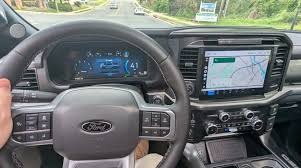Shopping for a new car under $30,000? Your options just became extinct. The average transaction price for a new vehicle in America shattered the $50,000 barrier in September 2025—a milestone that would’ve seemed absurd just a decade ago. This isn’t just sticker shock; it’s a fundamental shift in who can afford new cars and what “average” means in American automotive culture.
The EV and Luxury Vehicle Surge
Electric vehicles led the charge, claiming a record 11.6% of new vehicle sales while averaging $58,124 per transaction. Federal tax credits set to expire at month’s end created a buying frenzy, pushing both EV adoption and overall prices skyward. Tesla’s average price actually dropped to $54,138—down 6.8% year-over-year as the company introduced cheaper Model 3 and Y variants to stay competitive.
But even discounted Teslas cost more than most Americans’ annual household income. Meanwhile, luxury models filled dealer lots as manufacturers chased higher margins over volume. They knew their core buyers—averaging 55 years old and in peak earning years—could absorb the premium pricing without flinching.
The Death of Affordable Transportation
The Mitsubishi Mirage’s discontinuation marked the end of an era. As Cox Automotive’s Erin Keating bluntly put it: “The $20,000 vehicle is now mostly extinct, and many price-conscious buyers are sidelined or cruising in the used market.” With fewer than 1,700 Mirages left nationally, the cheapest new car option disappeared entirely.
Tariffs added cost pressure, but September’s price spike came down to product mix. Dealers sold what buyers with money wanted: feature-packed EVs and luxury rides. Those without deep pockets got pushed toward used lots, creating a two-tier automotive economy that mirrors America’s broader wealth divide.
The $50,000 average represents more than inflation—it’s automotive gentrification. As incentives expire and manufacturers adjust their strategies, expect serious conversations about mobility and accessibility. The question isn’t just about car prices anymore; it’s whether new vehicles remain within reach for middle America. Your next car shopping trip might feel more like browsing luxury real estate than transportation shopping.





























